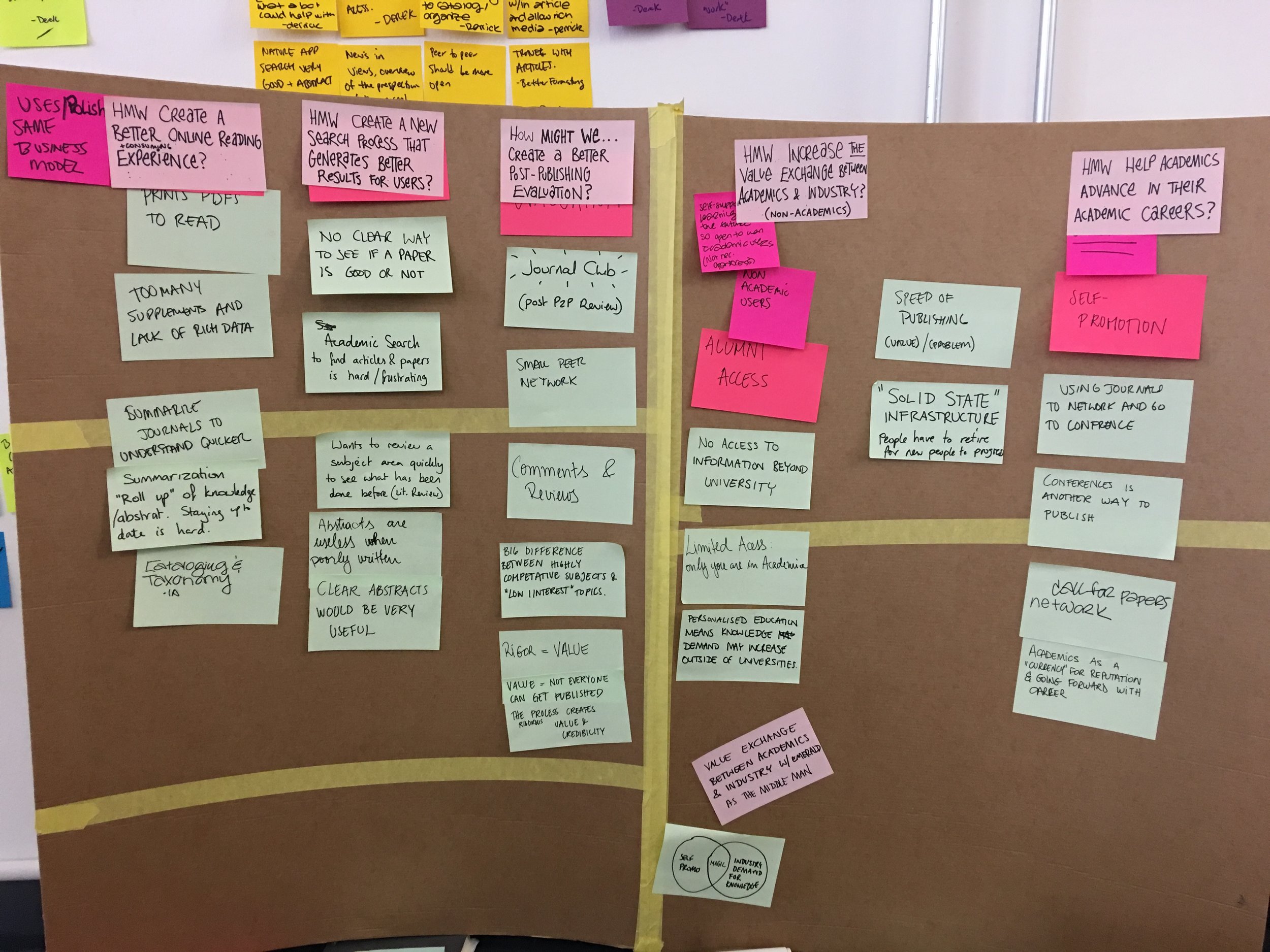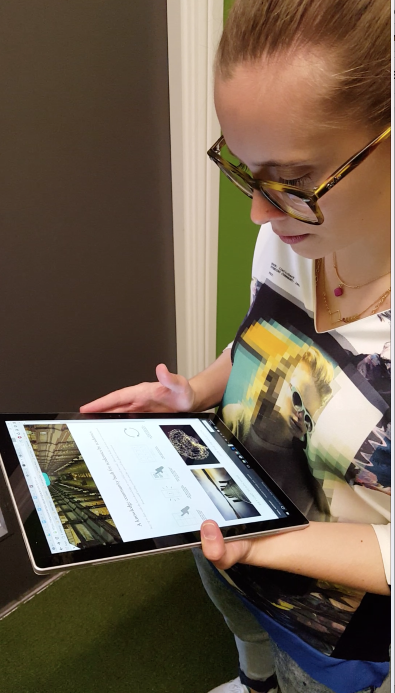Neuro
In an ever-changing world, it's not a matter of creating the perfect solution for the future—but rather being able to design a model that adapts to uncertainty.
Little has changed in higher education over the last 350 years. With Open Access on the helm and digital at the fore, Emerald Publishing anticipates the $25 billion academic publishing industry is ripe for disruption. In response to rising mobile device usage, Emerald initially asked for a mobile strategy.
Our deep dive with the client uncovered an important insight: what they were actually concerned about was what next generation of users want from an academic publisher. By starting at the root, we opened up the brief to fully explore customer needs and uncover unmet business opportunities.
Our solution is user-centric; based on needs identified in trends and in-depth interviews, making it simultaneously valuable for both users and Emerald. It was built to engage the Emerald Group directly with users, allowing the collection of search behaviour to aid business intelligence, ultimately creating a new system to evaluate the quality of knowledge beyond the traditional academic model and conflated Impact Factor metric.
Tags: Digital publishing, business transformation, product design, JTBS
Roles: User research, insights, business design strategy, value prop prototype, usability testing
Partners: Cohere, Emerald Publishing
Product Concept
Customer Segments: Who is Neuro for?
- University personnel (students, researchers, professors)
- Researchers who publish and need to be up-to-date in their field
- Publishers seeking to expand their reach
- First time authors in need of a platform to expand their profile
- Non-academics and industry seeking to combine relevant knowledge for the field
Value Proposition: What does Neuro provide?
- An online academic community platform for journal article sharing and publishing
- Share and combine multimedia content from multiple publishers into curated journals
- Quality discovery based on peer recommendations, expert endorsements and contextual notifications—not just citations
- Post-publication review to improve article quality judgement
- Increase transdisciplinary research opportunities
How does Neuro bring value to Emerald?
- Creates a bridge between Emerald and the end-consumer, allowing Emerald to understand end-consumer needs and test new forms of generating value
- Broad partnership opportunities between academia, publishers, industry and media
- Repositions Emerald as a knowledge provider with access to new audiences
Key Partners: Who will help make Neuro possible?
- Readers who will recommend and curate content
- Existing publishers
- Peers in the field to create a better post-evaluation process
- Universities, who will provide access for their students
Making Neuro: UX Design Research
To understand the domain, we began with desk trends research, a PESTLE analysis, business model evaluation, competitor analysis, stakeholder map, initial user interviews and user journey maps. To deepen our understanding of publishing from the perspective of those who engage with it, we sourced several interview candidates from professors, Ph.D researchers and students to industry consultants and journalists. Some emerging patterns were:
- Publishing is essential for academics to progress in their careers
- Finding quality, relevant articles is a laborious and time consuming process
- The general systems to facilitate the search process is poorly designed and people hacked their own workarounds to achieve their goals
- The value exchange between academia and industry is important, but almost nonexistent
Validating the Value Proposition
To validate the initial value proposition we created a one-page website that included a Sign Up option. Our metric for success was the conversion rate of visitors to registered users; aiming for a 25% conversion rate. Once the prototype was built, we did some initial testing to see if potential users understood the value proposition. We discovered that we needed to add some more clarity around how the service worked and change the Sign Up form to look more like a Create An Account form, because users felt Sign Up suggested the service was an email newsletter rather than a platform.
We made the revisions and tested again, which helped us validate that the proposition was clear and that it was time for the next prototype.
See below for the full Keynote
Implementation: Now | Soon | Later
From a business perspective, it was important to show a roadmap outlining the evolution of the platform showing what would be implemented right away (Now), how it could expand to non-academic users to include rich content as part of its development (Soon) and, ultimately, create a new metric of evaluating quality of knowledge (Later). To achieve brand success, we decided to further recommend the following implementation strategies:
- Neuro should be separated from Emerald, reinforcing its neutral and independent position in the market and guaranteeing organisational freedom from the rest of the group
- Neuro must initially be free to gain traction with universities as the discovery platform of choice.
User Research, stakeholder mapping, insights generation, Jobs-To-Be-Done, journey mapping, usability testing:
Our process:
Neuro was presented to 50+ Emerald Publishing employees at their headquarters in Manchester, UK. Here's the presentation Keynote (⌘ R):
Team: Mira Bordoloi, Shirley Sarker, Anna Evans, Phil Hesketh, Sergio Andrade














